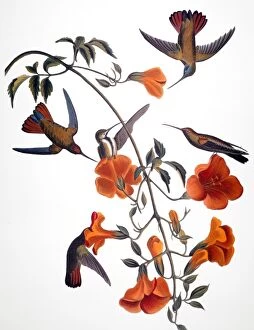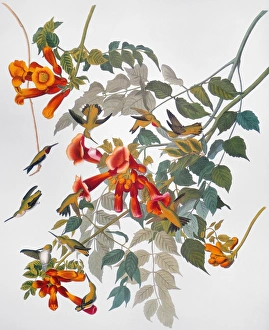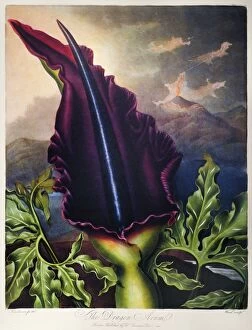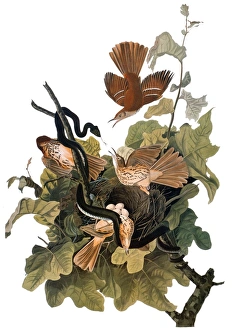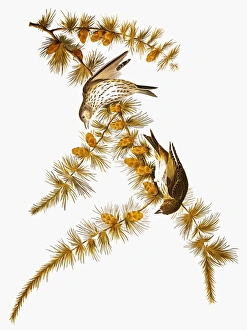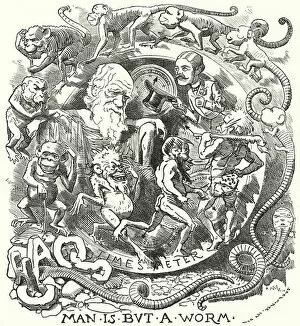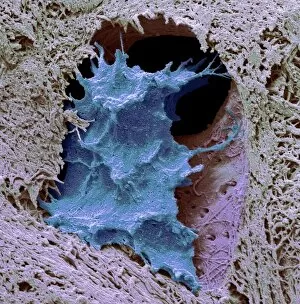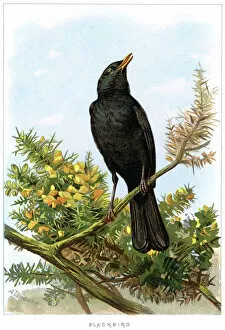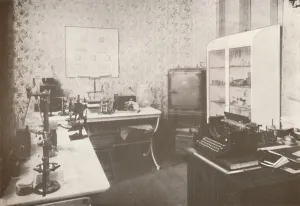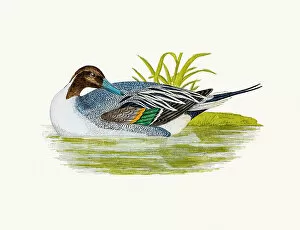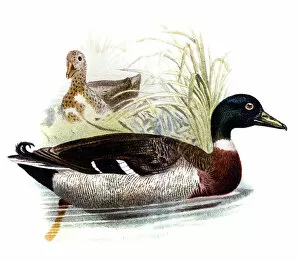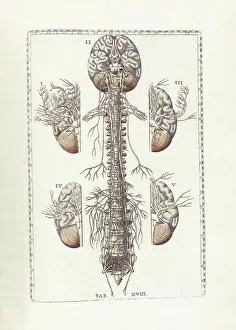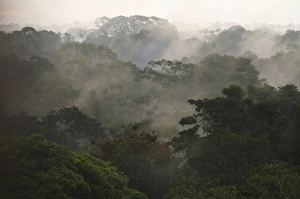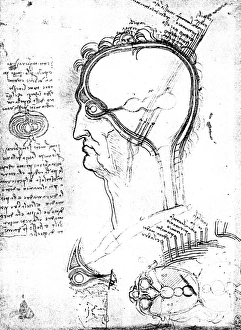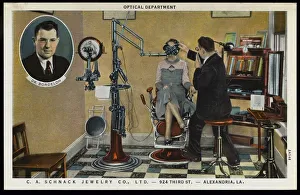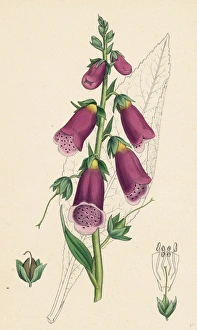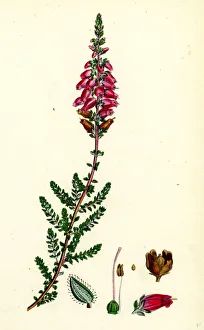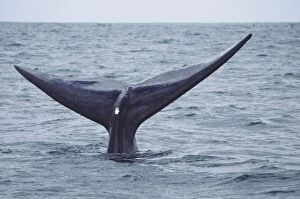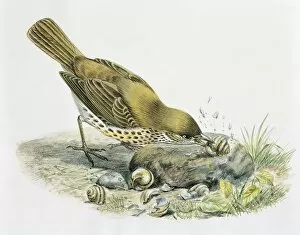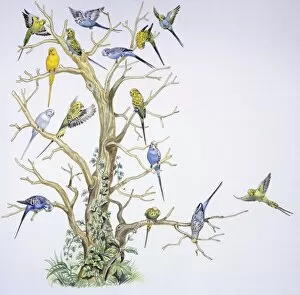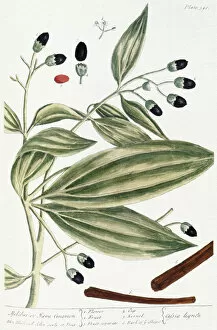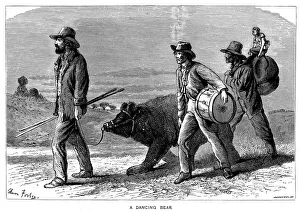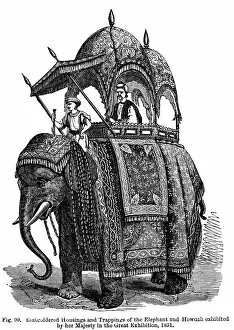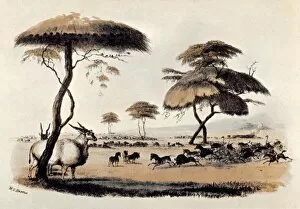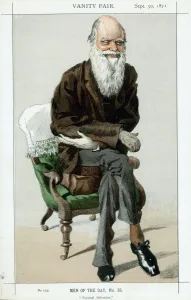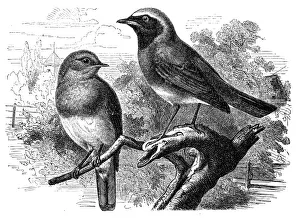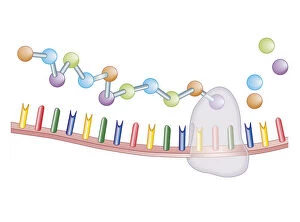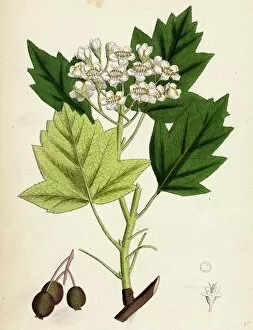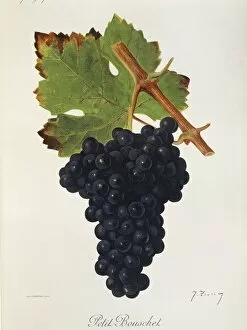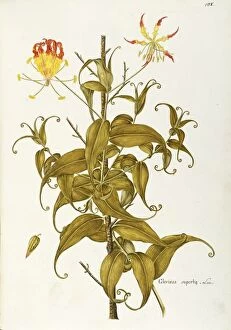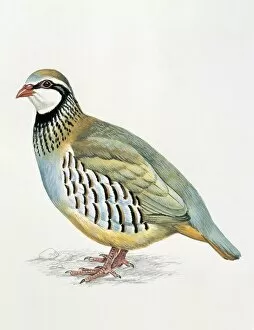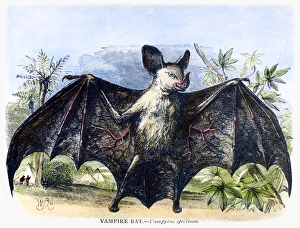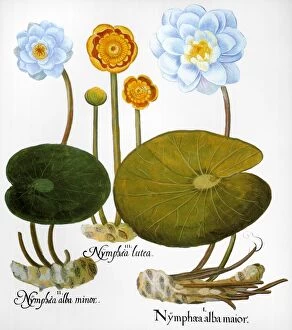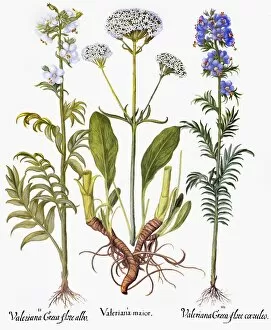Biology Collection (page 5)
"Biology: Exploring the Intricacies of Life's Blueprint" Embarking on a journey through the captivating realm of biology
All Professionally Made to Order for Quick Shipping
"Biology: Exploring the Intricacies of Life's Blueprint" Embarking on a journey through the captivating realm of biology, we unravel the mysteries that lie within our very existence. From the sensory homunculus mapping out our body's perception to X-ray images revealing normal knees, this science unveils the intricate workings of our physical form. Delving deeper into human anatomy, we discover the backbone's steadfast support, encompassing ribs and pelvis in its protective embrace. The anatomy of a human brain reveals its complexity from an inferior view, showcasing its command over our thoughts and actions. As we explore further, we encounter the motor homunculus illustrating how different regions control specific movements – a testament to nature's precision. Leonardo da Vinci's timeless studies of an ox heart remind us that even centuries ago, pioneers sought to understand life at its core. Nature's artistic wonders also grace this scientific landscape; John James Audubon captures the elegance of an American flamingo in his lithograph while garden paintings from Livia's villa transport us back to ancient times. Turning inward once more, facial muscles take center stage with detailed labels guiding us through their intricate network. A front view diagram unravels their secrets as they shape expressions that convey emotions beyond words. Zooming in further still, microscopic marvels come alive under scanning electron micrographs – like a praying mantis magnified thirty-fold – reminding us that beauty resides even in minuscule dimensions. Biology is not merely about dissecting organisms or memorizing facts; it is about unlocking nature’s secrets and appreciating life’s diversity. It invites us to marvel at both grandeur and subtlety alike - for every discovery made brings us closer to understanding ourselves and all living beings around us.

